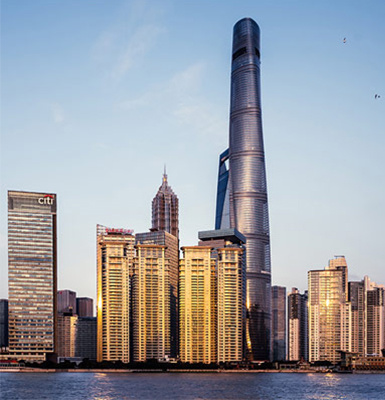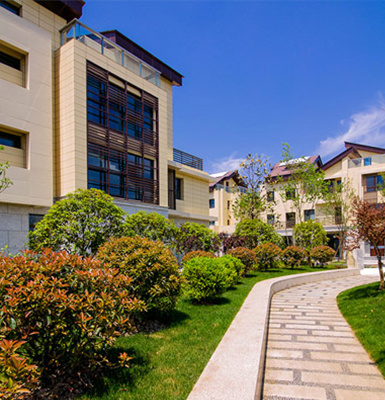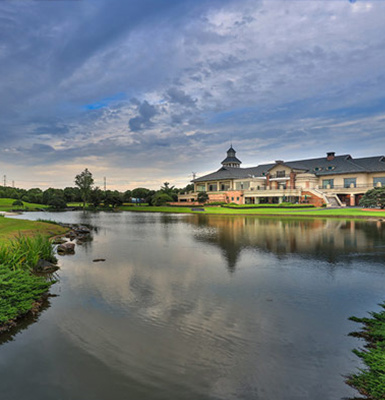ABOUT TOMSON
GROUP PROFILE
Tomson Group Limited was established in Hong Kong in the late 1980s and successfully listed on the Hong Kong stock exchange. Primarily focused on real estate development, the group also operates golf courses, PVC-related industries, and hotels. Additionally, it is a significant shareholder in "Chuanhe Group Limited," a publicly listed company based in Hong Kong. Today, the group’s main operational headquarters are located in Shanghai.
In the early 1990s, the Tomson Group, with its forward-thinking strategic vision, recognized the immense potential of Shanghai and became a pioneer in investing in and participating in the development of Pudong. As one of the first foreign-invested enterprises to commit to Shanghai's Pudong after the country's reform and opening-up policy, Tomson Group also emerged as a leading real estate developer in the region. The group was instrumental in establishing many of Pudong's pioneering "first" infrastructure facilities.
Since its establishment, Tomson Group has been closely intertwined with the development and growth of Shanghai’s Pudong district. Looking ahead, the group remains as committed as ever to believing in China—and particularly in Shanghai’s vibrant future—while continuing to focus squarely on its real estate business. We will persist in delivering top-tier, internationally acclaimed property services that support Shanghai’s ambitious vision of becoming a global financial and shipping hub. Tomson Group firmly believes in and pledges to always prioritize Shanghai’s value, working hand-in-hand with China to embrace an even brighter tomorrow.
PROJECT PRESENTATION
CASE DISPLAY
Located in the heart of Pudong's Xiaolujiazui area, Tangchen-Pinchi sits right by the Huangpu River, directly facing the Bund. It stands proudly alongside iconic landmarks such as the Shanghai Tower, the Global Financial Center, the Jin Mao Tower, and the Oriental Pearl Tower. Offering prime waterfront views of the Bund and the Huangpu River, this development also benefits from convenient access to nearby world-class amenities, including IFC Mall, CP Plaza, the riverside promenade, and lush green spaces like Lujiazui Green Park.
Located on Luoshan Road in Pudong, Shanghai, the second phase of Tangcheng Lakeview Garden sits adjacent to the Tangcheng Golf Course and Central Park. It is another prestigious villa development from the Tangcheng Group, following the highly acclaimed Tangcheng Golf Villas. The project boasts a total floor area of approximately 140,000 square meters and features a fully dedicated villa community, offering both single-family villas and townhouses. Single-family villas span around 570 square meters, while townhouses come in varying sizes.
Tomson Golf Course is a large-scale urban golf complex seamlessly integrating a world-class golf course with upscale villa-style garden apartments, spanning a total area of 140 hectares—90 hectares dedicated to the golf course and 40 hectares allocated to villas and residential properties. The park’s breathtaking scenery and pristine natural environment consistently draw distinguished domestic and international guests. Today, it has become a premier destination in Shanghai where both Chinese and foreign residents can live, play golf, and unwind.
News Center
NEWS CENTER

Moving forward with China, wishing for a bright future
Tomson (China) Co., Ltd
23rd Floor, Tomson Financial Tower, 710 Dongfang Road, Pudong New Area, Shanghai, China
Postal code: 200122
Phone: 86-21-50584936
Fax: 86-21-50583646

Mobile App QR Code
Copyright © 2025 Tangchen Group Co., LTD All Rights Reserved 沪ICP备05027330号-1













